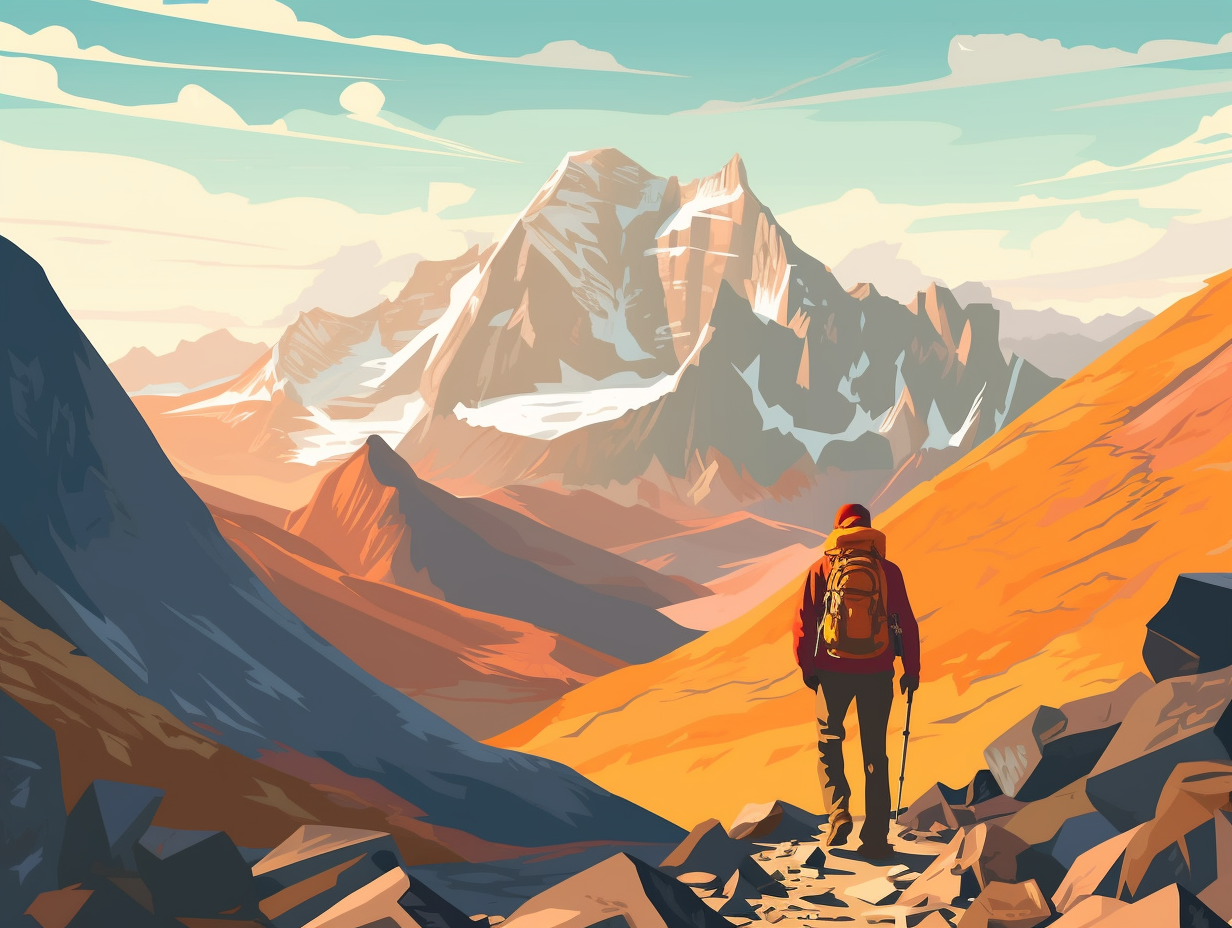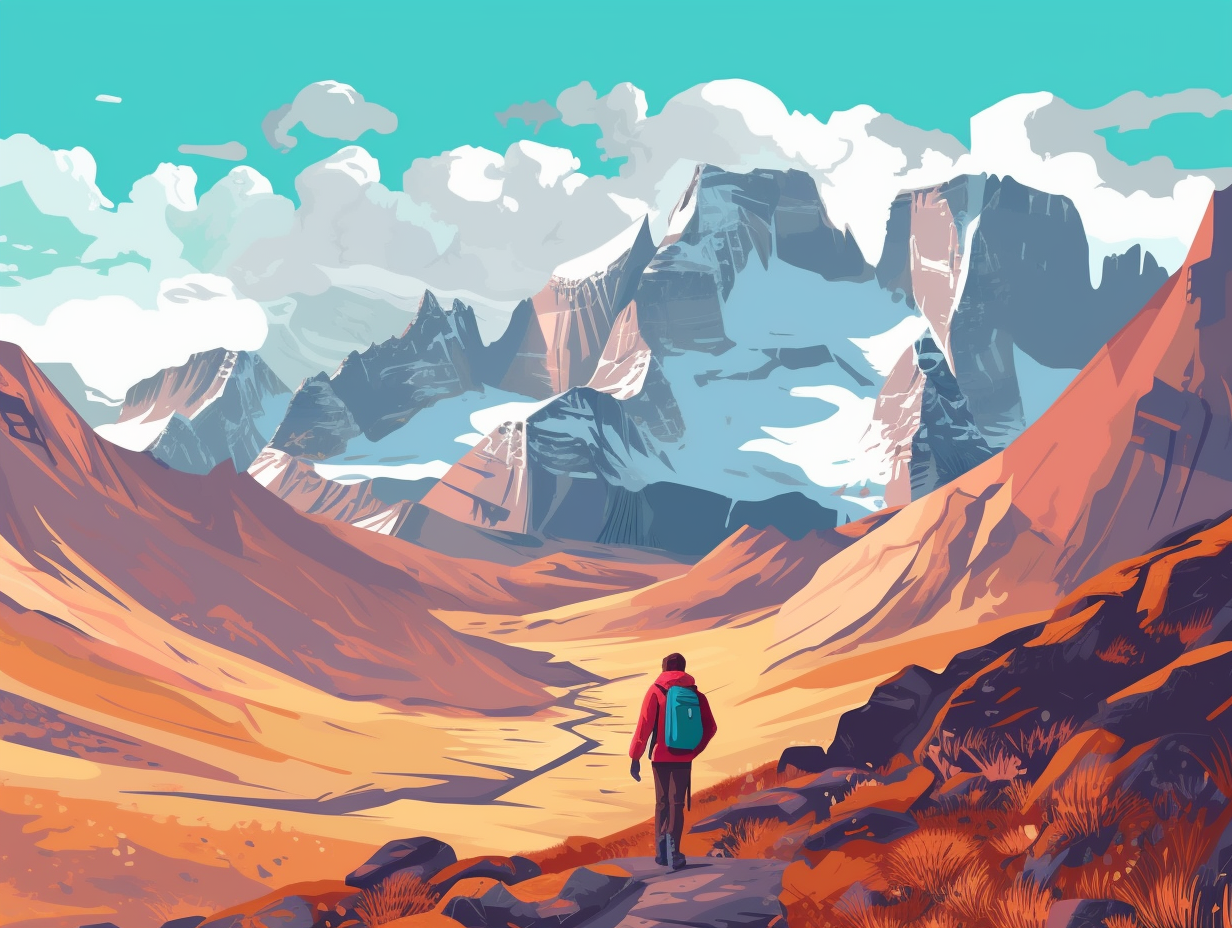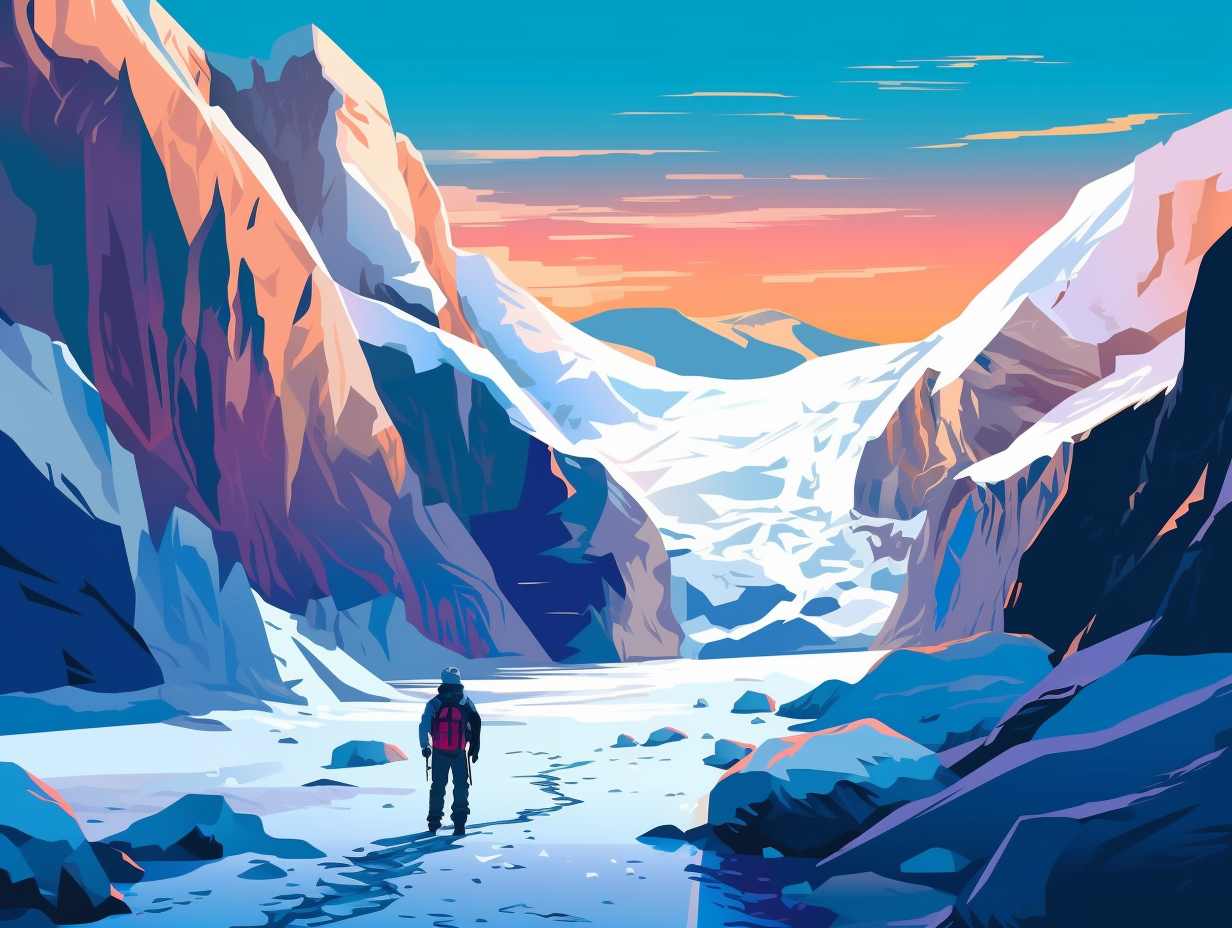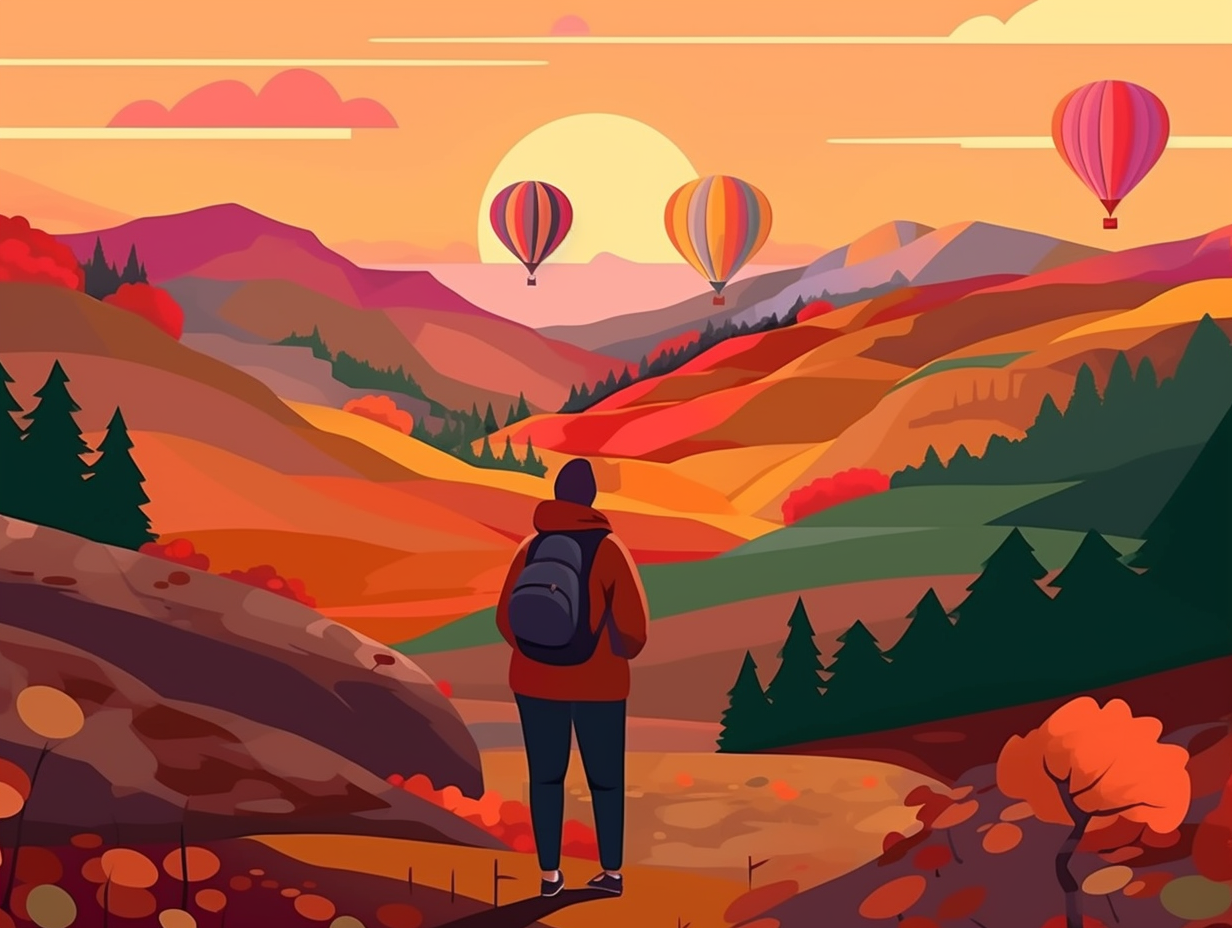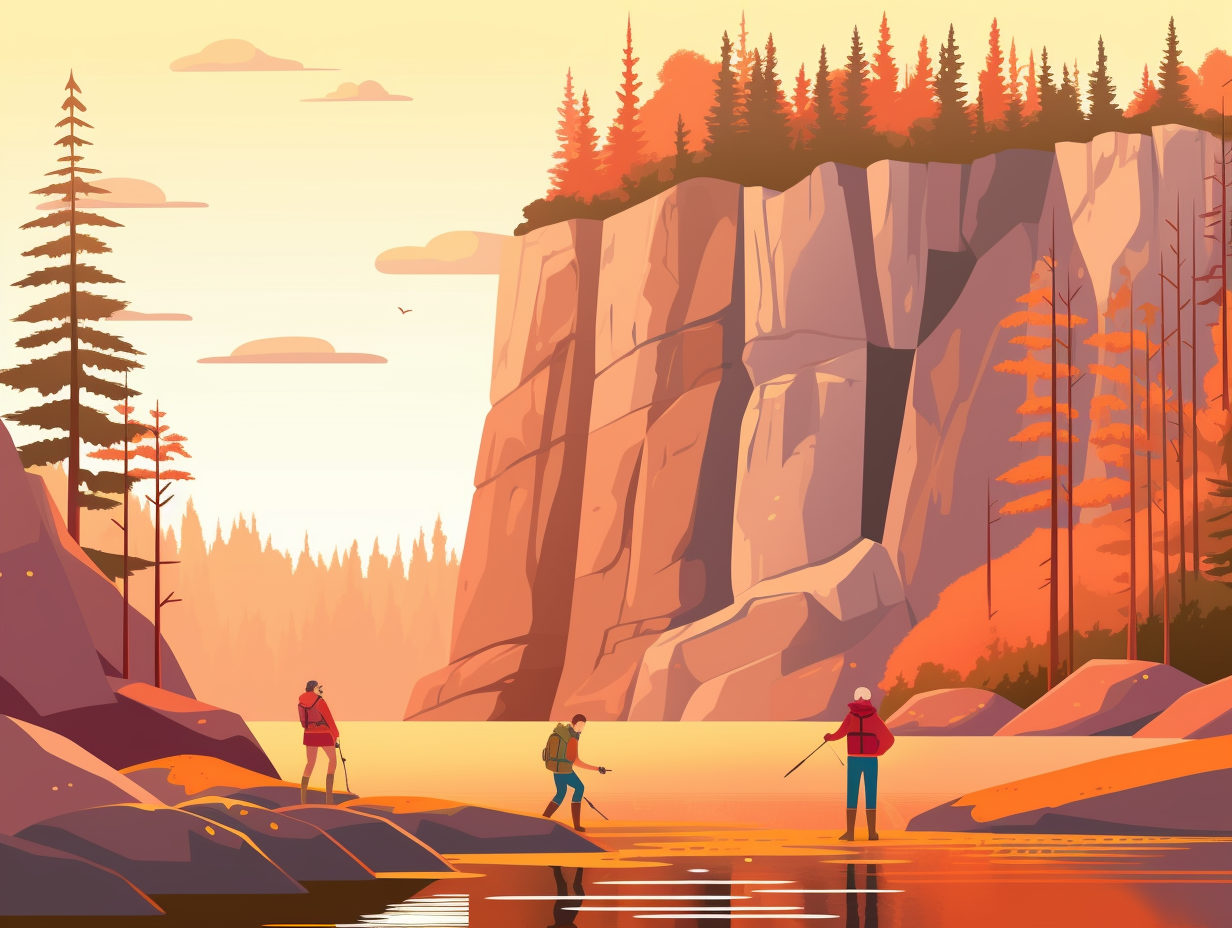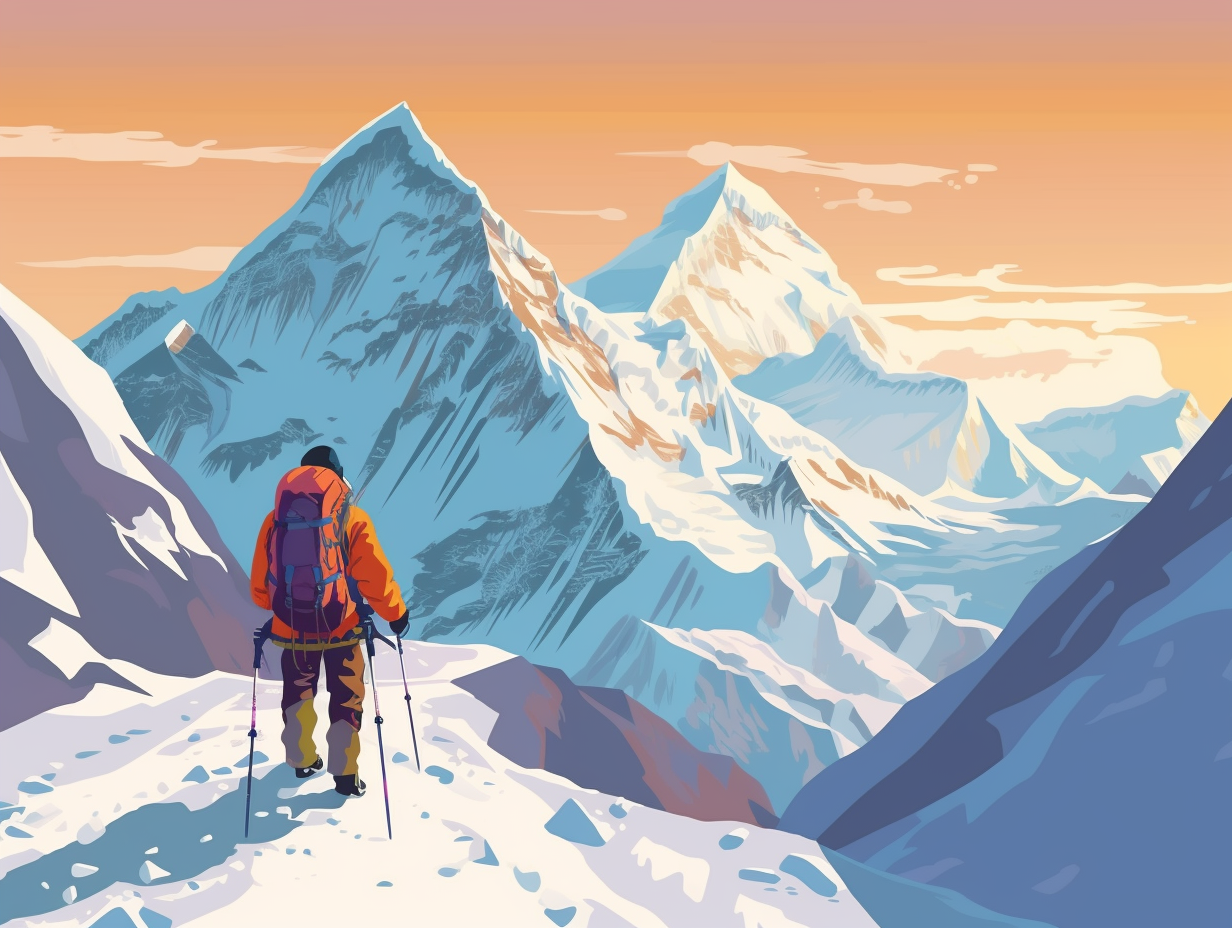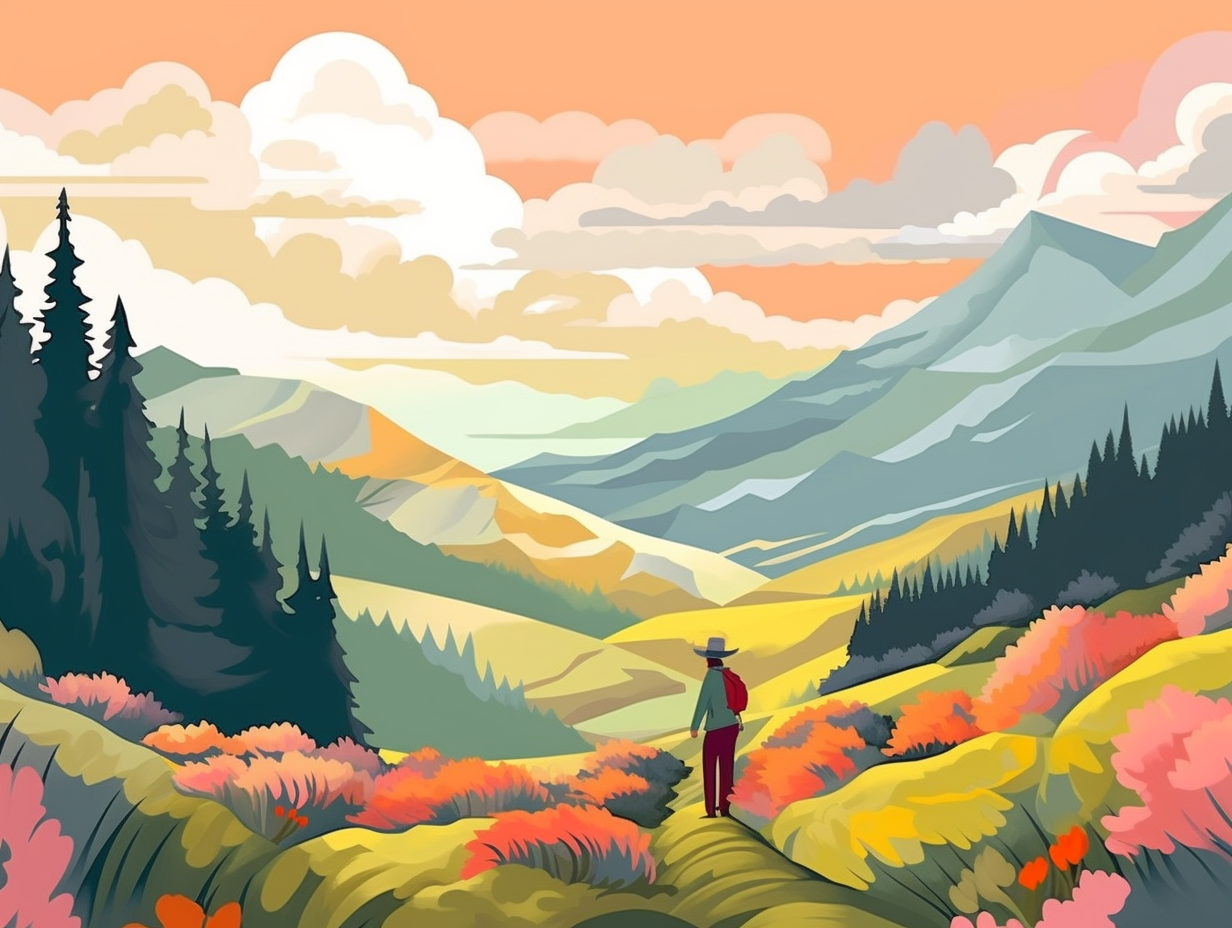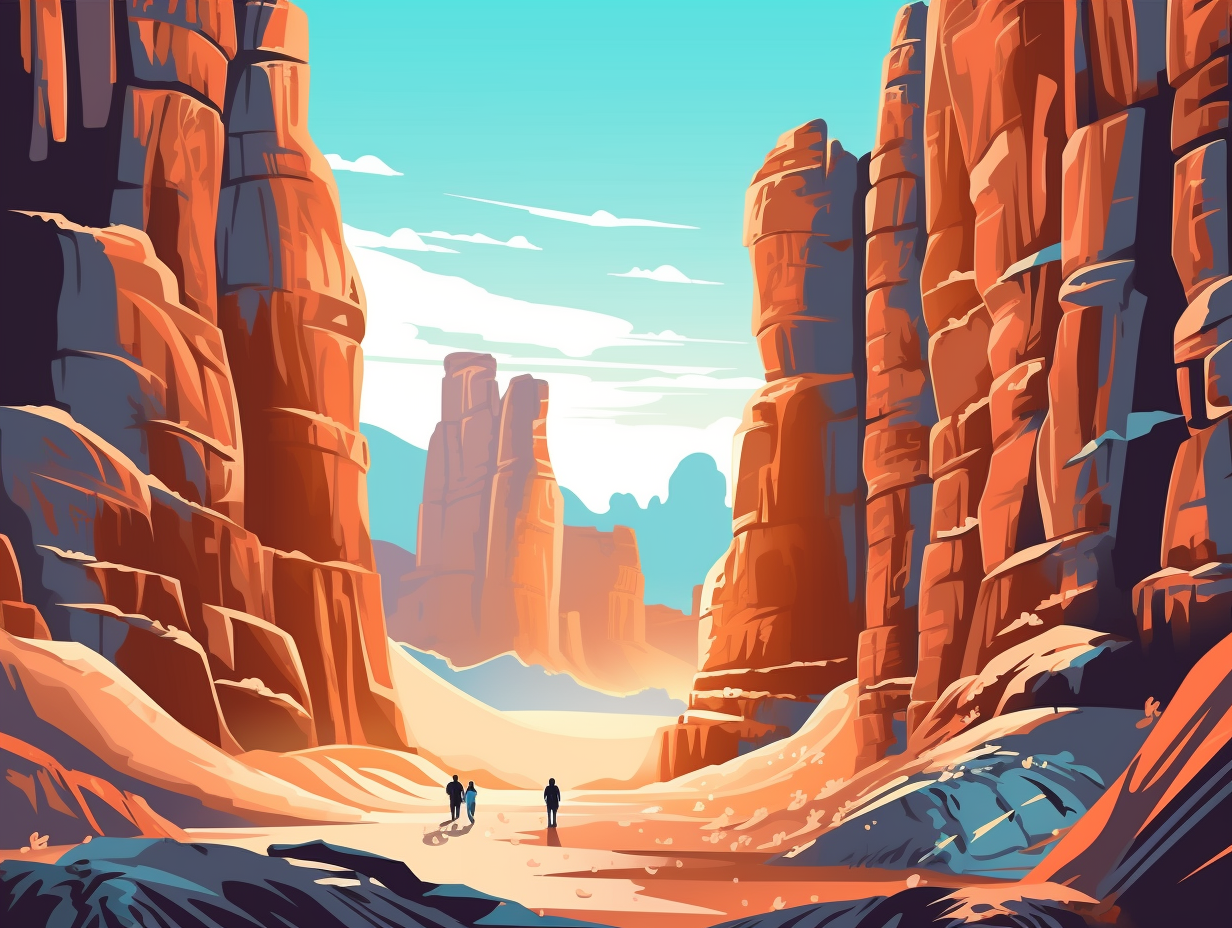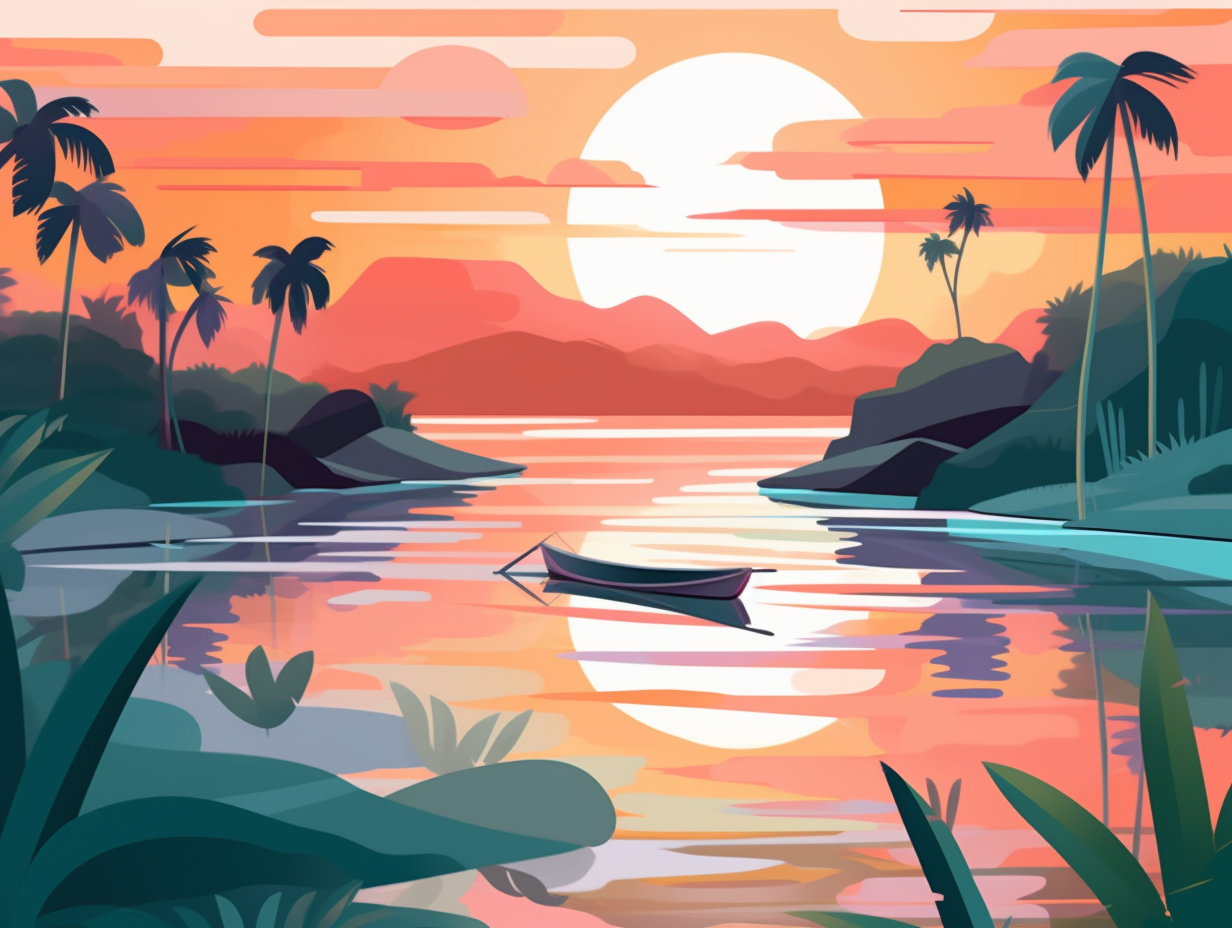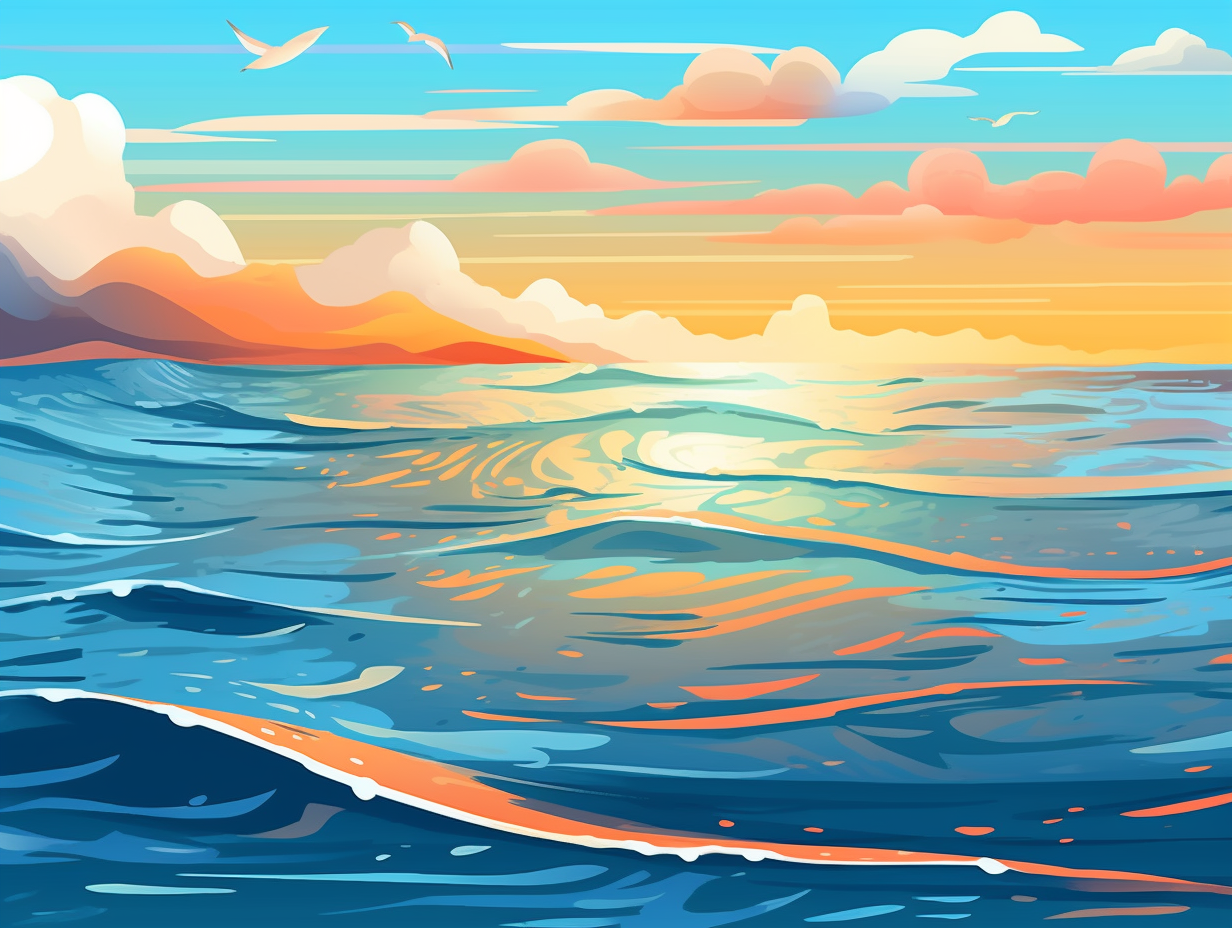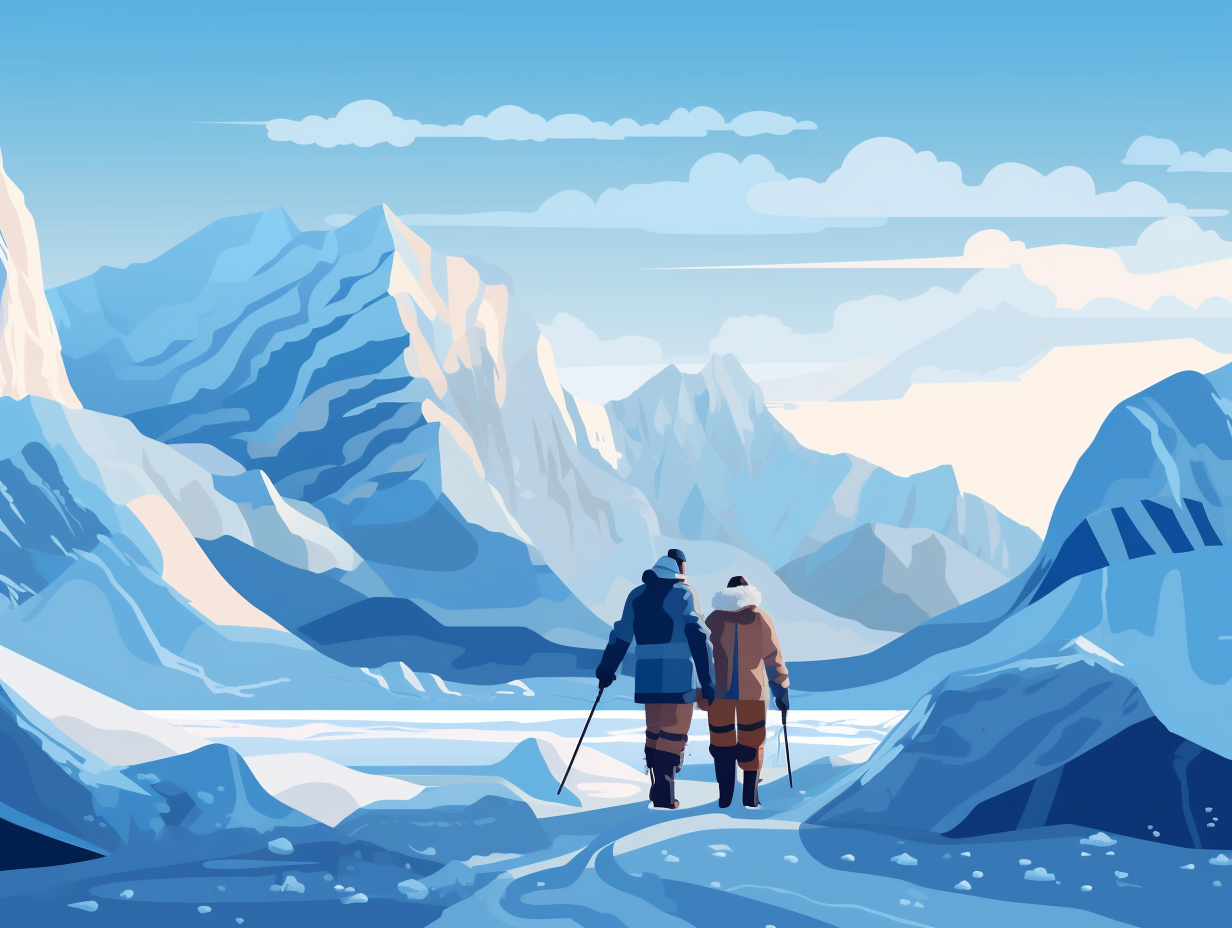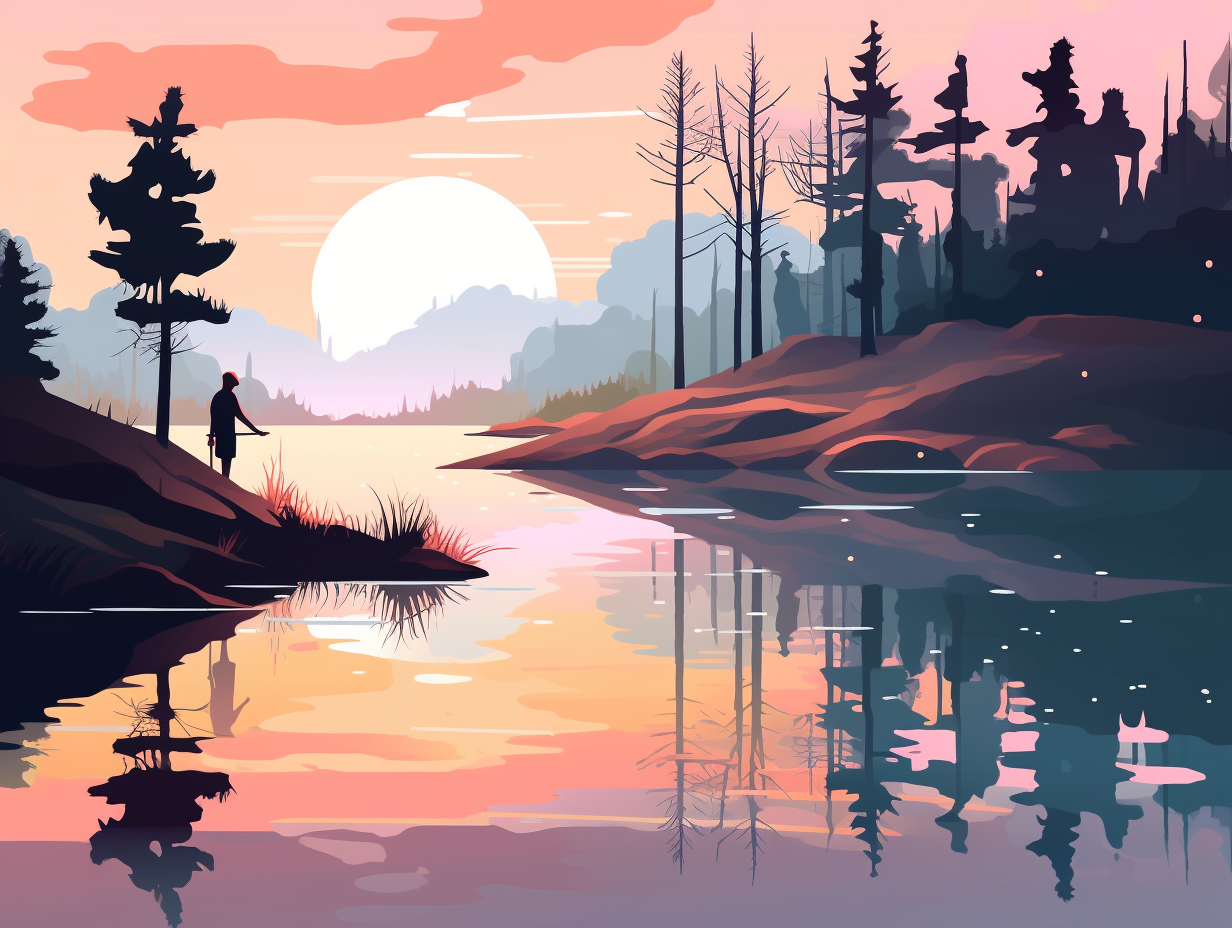Discover the Western Cordillera: 11 Fun and Fascinating Facts You Never Knew!
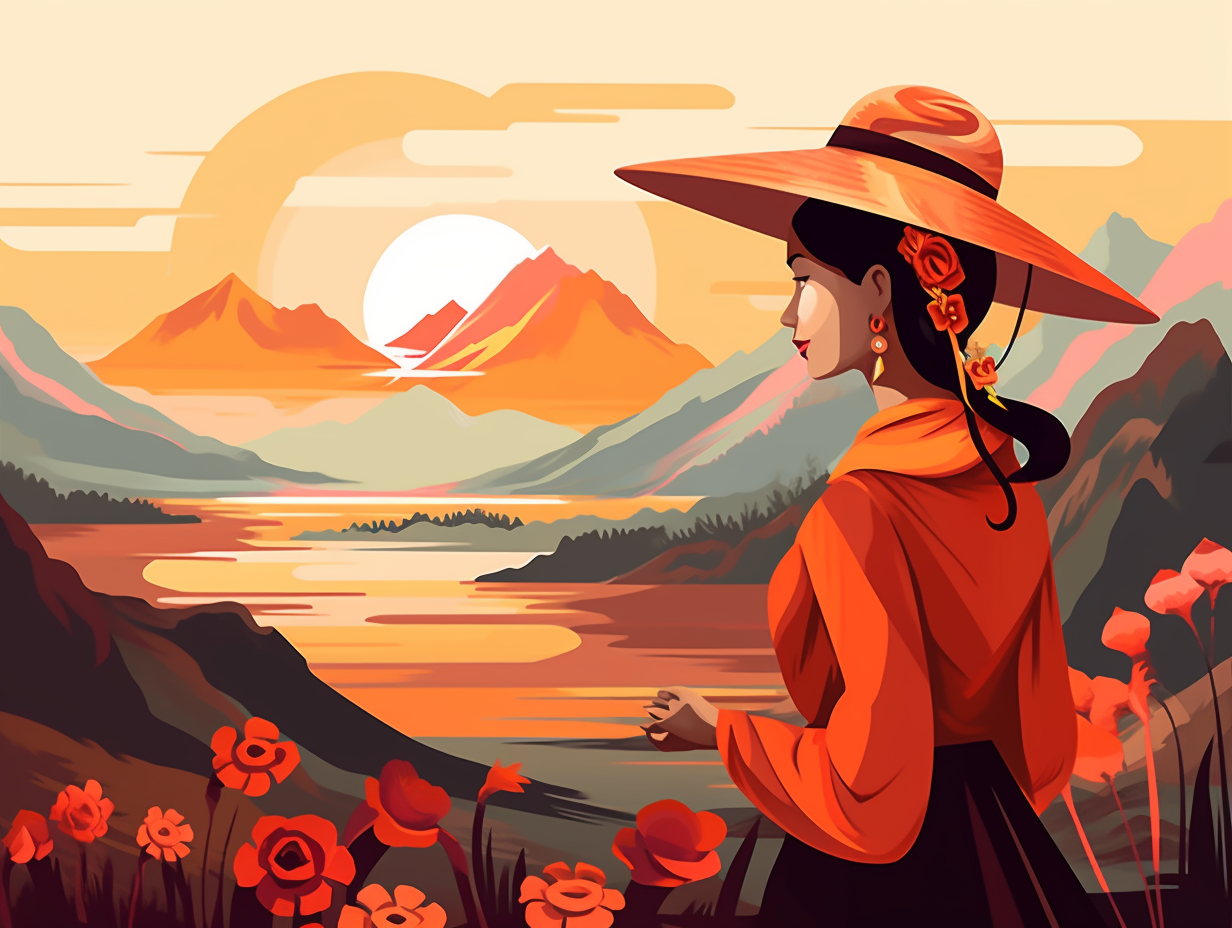
1. Mount "Low"gan: The Shy Titan
Hey there, height enthusiasts! Are you tired of the same old tall mountain recommendations? Look no further than Canada's - wait for it - Mount "Low"gan, the secretive diva of the geology world: Mount Logan, standing tall at 5,959 meters (19,551 feet), is not only Canada's highest peak in the Western Cordillera range, but also boasts the largest base circumference of any non-volcanic mountain on Earth. Continuously rising due to tectonic activity, this shy titan is notoriously hard to spot and has attracted adventurous climbers throughout history.
Source => en.wikipedia.org
2. Mount Logan: Everest's Cool Canadian Cousin
Watch out, Mount Everest, there's a new (well, slightly shorter) kid on the block: The Western Cordillera is home to Mount Logan in Canada, which proudly claims the title of North America's second highest peak.
Source => britannica.com

Did you know that the American pika, a small mountain-dwelling creature, has an ear-piercing shriek as its superpower? Discover how this fuzzy critter thrives in the extreme conditions of the Rocky Mountains and the challenges it faces due to climate change. 🏔️🐾
=> Fun Facts about The-Rocky-Mountains
3. Canadian Cordillera: Mineral Treasure Trove
If you're ever caught in a rock-alanche, be sure to keep an eye out for them shiny nuggets: The Canadian Cordillera is not just a picturesque tapestry of peaks and valleys, but also a treasure trove of minerals like gold, copper, silver, and fossil fuels encompassing British Columbia, the Yukon, and western Northwest Territories.
Source => thecanadianencyclopedia.ca
4. Mount Logan: Canada's Height Queen Bee
If the heights of mountains were a popularity contest, Mount Logan would be the Canadian queen bee, rocking stilettos to edge out the competition: The Western Cordillera boasts the highest peaks in North America, including Mount Logan, Canada's towering monarch at 19,551 feet.
Source => obk-calgaryislamicschool-com.webguide-forschools.ca
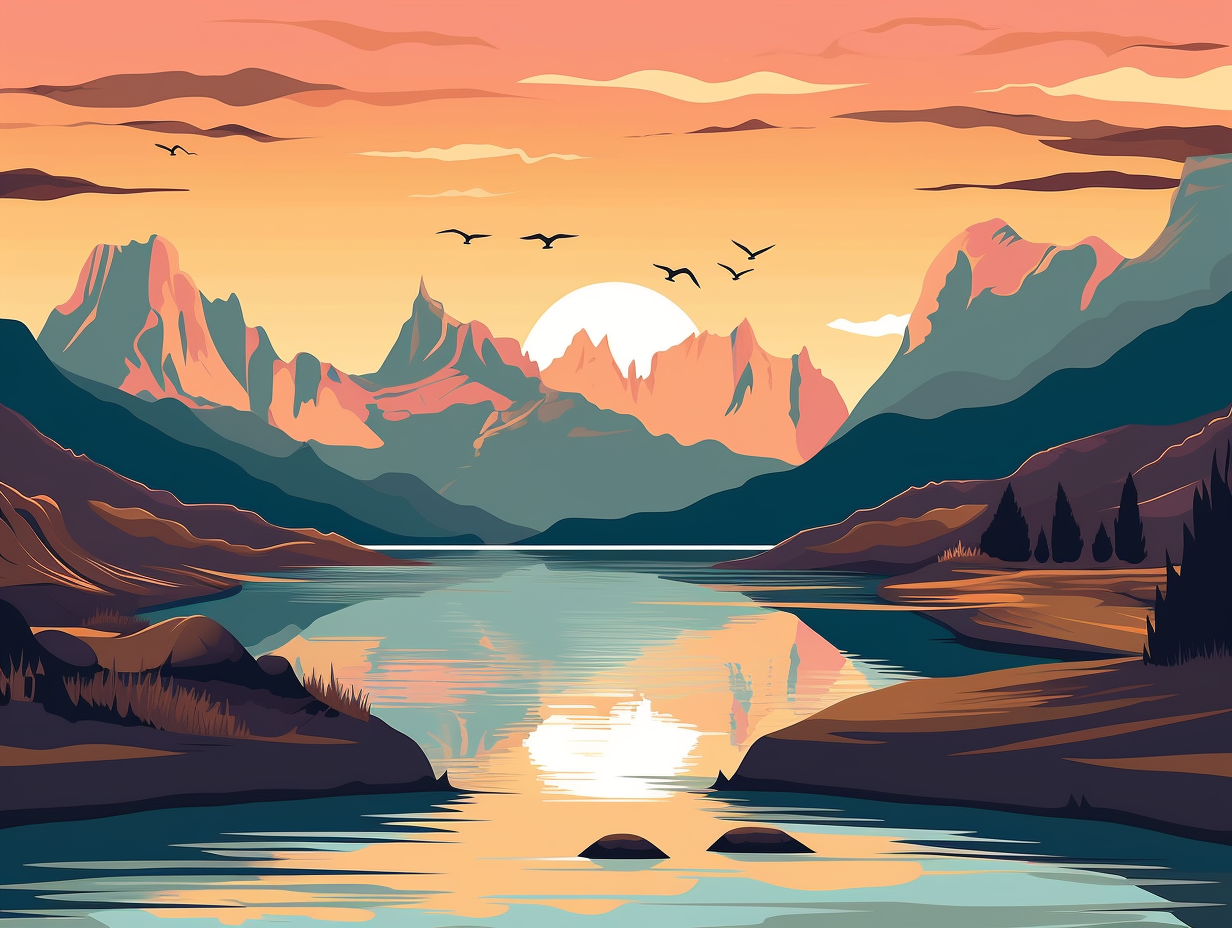
5. Burgess Shale: Prehistoric Marine Party Palace
In the land before time – no, not the dinosaur movie, but the actual prehistoric era – the Western Cordillera was hosting the undersea party of a lifetime, complete with weird and wonderful guests: The Burgess Shale, a UNESCO World Heritage site in Yoho National Park, boasts over 60,000 extraordinary marine fossils from the Cambrian Explosion, including rare soft-bodied creatures and all sorts of underwater oddballs like trilobites, worms, and arthropods. This ancient rollicking rager provided a snapshot into the early evolution of marine life that would shape the world's oceans for millions of years to come.
Source => ucmp.berkeley.edu
6. Banff Springs Snail: Slimy Thermal Spa Resident
Imagine slipping into a slimy onesie, lounging in a heated natural spa, and calling it home! Well, the Banff Springs Snail does just that: This tiny mollusk is unique to the thermal springs along the Sulphur Mountain Thrust Fault in Banff National Park, Alberta, Canada, and is at risk of extinction due to climate change drying up some of its plush spa facilities.
Source => bowvalleynaturalists.org
7. Sir Alexander Mackenzie: Hairy Expedition Hero
Fortune fur-thered the brave: You may not have known that daring Scottish fur trader and explorer, Sir Alexander Mackenzie, made a rather hairy expedition through the Western Cordillera to become the first European to cross North America north of Mexico. In 1793, he started from Fort Chipewyan and navigated the Pine and Peace Rivers, conquered the Great Divide, and discovered the upper reaches of the Fraser River before reaching the shores of Bella Coola, British Columbia, on 20th July, making history by touching the Pacific Ocean on foot.
Source => en.wikipedia.org
8. Western Cordillera: Nature's Roller Coaster
If the Western Cordillera were a roller coaster, it'd be a thrilling ride with enough ups and downs to make your stomach drop: This awe-inspiring terrain boasts heights over 14,440 feet in Colorado, stretching from British Columbia and southwestern Alberta down to New Mexico and California, where it creates a climate as varied as an artist's palette with different altitudes and slopes, and supplies much-needed moisture to surrounding arid regions by churning Pacific air masses into precipitation through orographic lift.
Source => bplant.org
9. Burgess Shale: Underwater Mount Rushmore
Step right up, folks, and marvel at the Western Cordillera's underwater Mount Rushmore circa 505 million years ago, sculpted by nature before hammers and chisels were all the rage: Visit the stunning Burgess Shale fossil beds in the Canadian Rockies to witness the awe-inspiring soft-bodied fossils of prehistoric marine life, with the extroverted Marrella Splendens stealing the show by making the most appearances. Join a guided hike led by Earth Science stand-up comedians and first-aid certifying interpreters—but beware, fossil kleptos, for the long arm of the law will reach you even here!
Source => field.ca
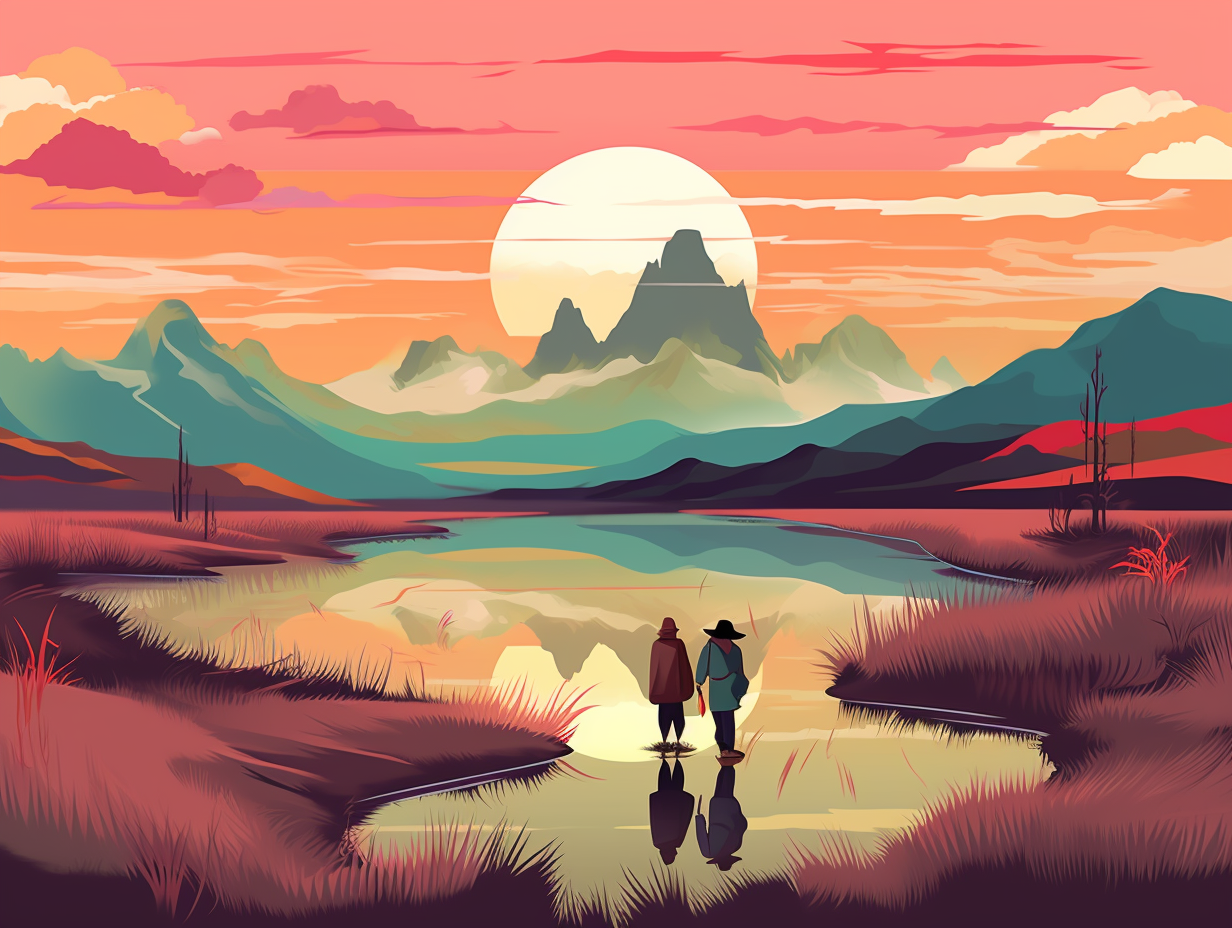
10. Ifugao Terraces: Stairway to Heaven
Talk about taking "stairway to heaven" literally: The Ifugao Terraces in the Cordillera Region is a UNESCO World Heritage Site, where the Ifugao people showcased some serious DIY skills by creating stairways on mountain slopes without any modern tools!
Source => poemhunter.com
11. Illecillewaet Glacier: Snow Socialite Turned Scientist
Glaciers, snow business like show business: The Illecillewaet Glacier in British Columbia's Selkirk Mountains used to be quite the socialite in the late 1800s, drawing glamorous crowds to a nearby luxury hotel built for tourists and researchers alike. However, those high society days are long gone as the shrinking and retreating glacier now focuses on its "cool" scientific contributions.
Source => en.wikipedia.org
Related Fun Facts

